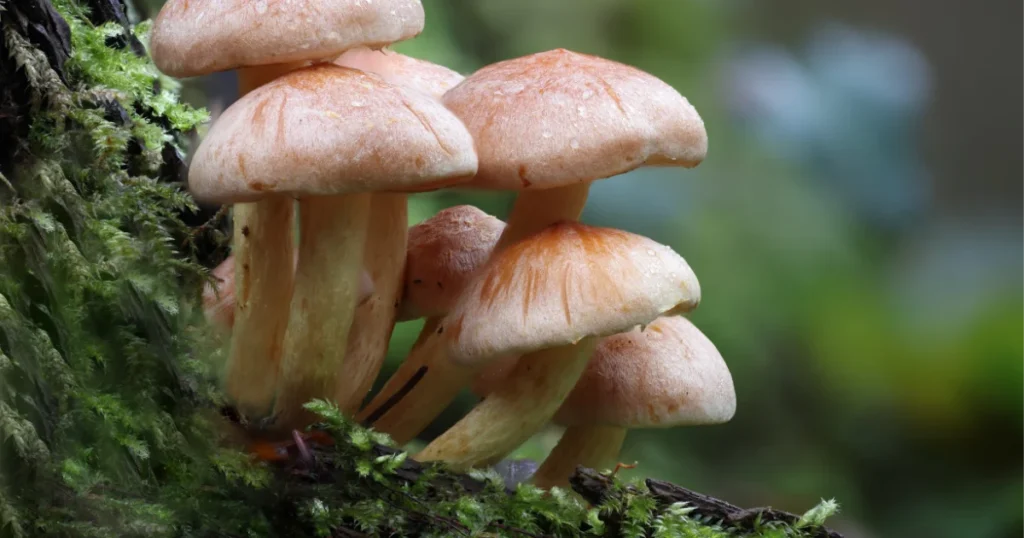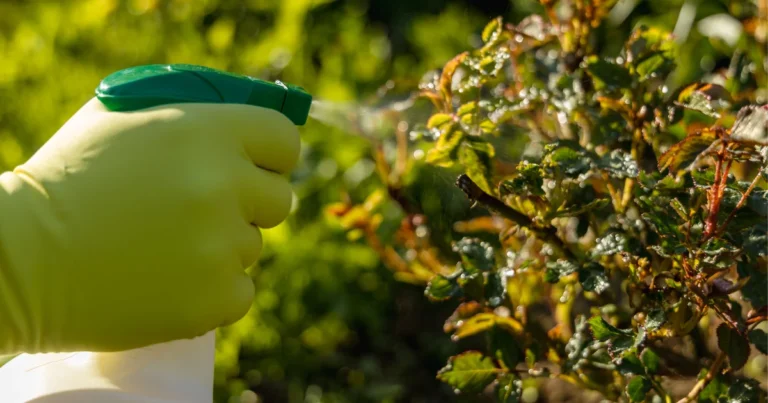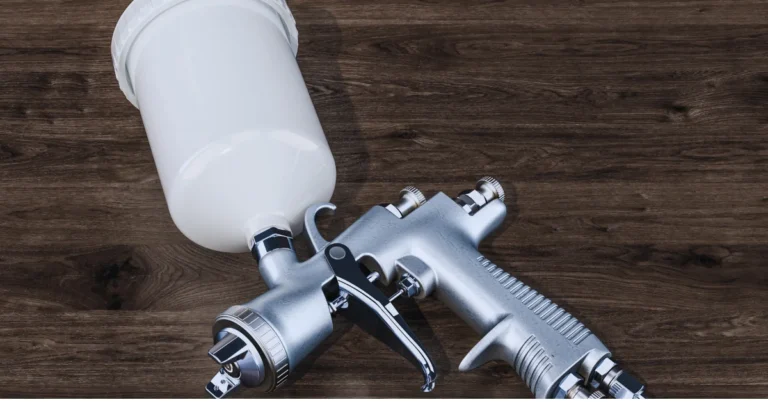Growing Edible Mushrooms at Home:
Introduction:
Growing edible mushrooms at home is a rewarding and sustainable way to enjoy fresh, flavorful fungi right from your kitchen. Whether you’re a novice gardener or a seasoned enthusiast, cultivating mushrooms indoors offers a fascinating and delicious experience. In this comprehensive guide, we’ll explore everything you need to know about growing edible mushrooms at home, from selecting the right mushroom species to harvesting your bountiful yields.

Understanding Mushroom Cultivation
Benefits of Growing Edible Mushrooms
- Growing edible mushrooms at home offers numerous benefits, including
- access to fresh and nutritious produce
- the satisfaction of self-sufficiency
- the opportunity to experiment with different mushroom varieties and recipes.
- Additionally, cultivating mushrooms indoors requires minimal space and resources, making it an ideal hobby for urban dwellers and gardeners with limited outdoor space.
Mushroom Lifecycle and Growth Requirements
Mushrooms have a unique lifecycle that begins with spore germination and progresses through mycelial growth, fruiting body formation, and spore dispersal. To successfully grow mushrooms at home, it’s essential to understand their specific growth requirements, including temperature, humidity, substrate composition, and lighting conditions. For helpful tips on growing other plants at home, such as herbs, check out our guide on Tips for Growing a Herb Garden in Pots.
Selecting Mushroom Species for Cultivation
Popular Edible Mushroom Varieties
There are numerous edible mushroom species suitable for home cultivation, each with its own flavor profile, texture, and growth characteristics. Some popular varieties include
- oyster mushrooms (Pleurotus ostreatus)
- shiitake mushrooms (Lentinula edodes)
- button mushrooms (Agaricus bisporus)
- lion’s mane mushrooms (Hericium erinaceus).
Consider your culinary preferences, available space, and growing conditions when selecting mushroom species for cultivation.
Choosing the Right Mushroom Spawn
Mushroom spawn, also known as mycelium, serves as the starting material for mushroom cultivation. It’s essential to choose a high-quality spawn that is compatible with your chosen mushroom species and substrate. Spawn can be obtained in various forms, suited for different cultivation methods and substrates, including:
- grain spawn,
- sawdust spawn
- plug spawn
Preparing Mushroom Substrate
Substrate Options for Mushroom Cultivation
Mushroom substrate refers to the organic material on which mushrooms grow. Common substrates include;
- hardwood sawdust
- straw
- coffee grounds
- supplemented mushroom growing kits
Selecting the right substrate is crucial for successful mushroom cultivation, as it provides nutrients and a suitable environment for mycelial colonization and fruiting.
Pasteurization or Sterilization of Substrate
- Before inoculating the substrate with mushroom spawn, it’s essential to prepare and sterilize or pasteurize it to eliminate competing microorganisms.
- Pasteurization involves heating the substrate to temperatures that kill most pathogens while preserving beneficial microorganisms.
- Sterilization, on the other hand, involves subjecting the substrate to higher temperatures to achieve complete microbial eradication.
Inoculating and Incubating Mushroom Substrate
Inoculation Techniques
Once the substrate is prepared, it’s time to inoculate it with mushroom spawn. Inoculation can be done using various techniques, including;
- mixing spawn with the substrate
- injecting spawn into pre-drilled holes
- spreading spawn onto the substrate surface
Ensure thorough and even distribution of spawn throughout the substrate to maximize colonization and fruiting.
Incubation Conditions
- After inoculation, the inoculated substrate must be kept in a controlled environment conducive to mycelial growth.
- Maintain optimal temperature and humidity levels, typically between 70-75°F (21-24°C) and 90-95% relative humidity, respectively.
- Use a clean and ventilated incubation chamber or grow tent to create the ideal conditions for mycelial colonization.
Fruiting and Harvesting Mushrooms
Triggering Mushroom Fruiting
Once the substrate is fully colonized with mycelium, it’s time to induce mushroom fruiting. This process involves exposing the colonized substrate to specific environmental cues, such as
- temperature fluctuations
- light exposure
- air circulation.
Different mushroom species have varying requirements for fruiting initiation, so research the specific needs of your chosen mushroom variety.
Harvesting Fresh Mushrooms
- When mushrooms begin to form fruiting bodies, it’s time to start harvesting your fresh harvest.
- Gently twist or cut mature mushrooms from the substrate, taking care to avoid damaging nearby mycelium.
- Harvest mushrooms regularly as they mature to encourage continued fruiting and prevent over-ripening or decay.
Troubleshooting Common Mushroom Cultivation Issues
Contamination Control
- Contamination can occur at any stage of mushroom cultivation and is often caused by competing fungi, bacteria, or mold.
- Maintain strict cleanliness and hygiene practices throughout the cultivation process to minimize contamination risk. For information on common pests and diseases in home gardens, check out our guide on Common pests and diseases in home gardens.
- If contamination occurs, remove affected substrate areas promptly and adjust cultivation practices to prevent recurrence.
Pest Management
Pests such as fungus gnats, mites, and flies can pose a threat to mushroom crops, especially during the fruiting stage. Implement preventive measures such as:
- proper sanitation
- insect-proofing grow spaces
- using natural pest control methods like predatory mites or nematodes to manage pest populations effectively.
Verdict
Growing edible mushrooms at home is a fascinating and rewarding endeavor that allows you to enjoy fresh and flavorful fungi year-round. By following the tips and techniques outlined in this guide, you can successfully cultivate a diverse array of mushrooms indoors or in your backyard. Experiment with different mushroom species, substrates, and cultivation methods to discover the joys of homegrown mushroom cultivation and elevate your culinary creations.






